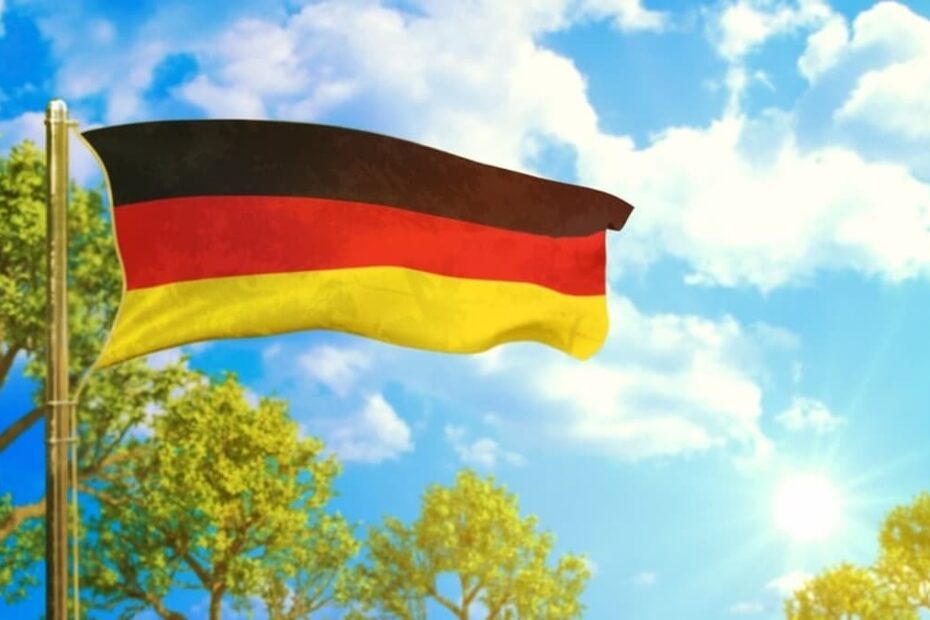The German government has launched the first stage of a bidding process for carbon dioxide contracts for difference (CfD), which will take place next year.
According to the funding programme, €6bn will be made available to help heavy industries like steel, chemicals, cement, and glass switch to cleaner production methods that emit less CO2.
The government will sign 15-year contracts with selected companies. These work like long-term guarantees that cover some of the extra costs that come from using greener technologies instead of traditional, more polluting ones.
To decide who gets the money, Germany will hold a competitive auction in 2026. Companies will bid by saying how much funding they need per tonne of CO2 they will save. The projects that can cut CO2 most efficiently and cheaply will get priority.
The funding could go towards installation of hydrogen-based production systems, switching to electric furnaces or industrial heat pumps, and using biomass or other renewable energy sources.
It could also fund construction of carbon capture and storage plants or help to develop new low-carbon manufacturing processes or CO2 storage technologies.
Companies can choose which technologies to use, but they must reduce emissions by 60% after three years and 90% by the end of the 15-year contract.
It is not yet clear which companies are taking part but there are early indications which may pursue the opportunity. Some of these have likely already received support under the first round of Germany’s climate protection contacts, which were selected in March 2024.
These were early contracts designed to help companies test and scale low-carbon technologies before the full €6bn round. One of these companies was chemical giant BASF.
In May, BASF began producing green ammonia at its Verbund site in Ludwigshafen. The company is feeding hydrogen into the plant, which reduces the plant’s natural gas consumption.

BASF’s Ludwigshafen plant ©BASF
For this project, the company has initially signed a contract that provides financial protection if the cost of using clean energy ends up higher than continuing with fossil fuels.
At the time, Dr Jens Aßmann,Vice-President Business Management Ammonia Value Chain and Operations for Amino Resins, said that BASF’s “biggest goal is net zero for our products.”
Another company that may choose to bid is Heidelberg Materials. The construction aggregates firm has bet more than most on carbon capture over the past 18 months.
In March 2024, the firm launched a CCUS project in France that aims to capture one million tonnes of CO2 per year. This was followed in June by a partnership with industrial gas major Linde to build what they claim to be the “world’s first” large-scale CCUS facility for cement – a sector that is responsible for around 8% of global CO2 emissions.
However, not all big players are set to take part in the CfD bidding process. Europe’s largest steelmaker ArcelorMittal recently abandoned plans to convert its German plants (in Bremen and Eisenhüttenstadt) to hydrogen-based green steel, even though it was offered subsidies.
In June 2025, the company told the German government that it cannot go ahead with the project, citing the unfavourable market situation and the high cost of lower-carbon steelmaking.
“Even with the financial support [offered by the government], the business case for moving ahead with this transformation is not strong enough, which shows the scale of the challenge,” said Geert van Poelvoorde, CEO of ArcelorMittal Europe.
Bidding for the 15-year contracts is expected to begin in mid-2026, with the auction planned for 1 December.
